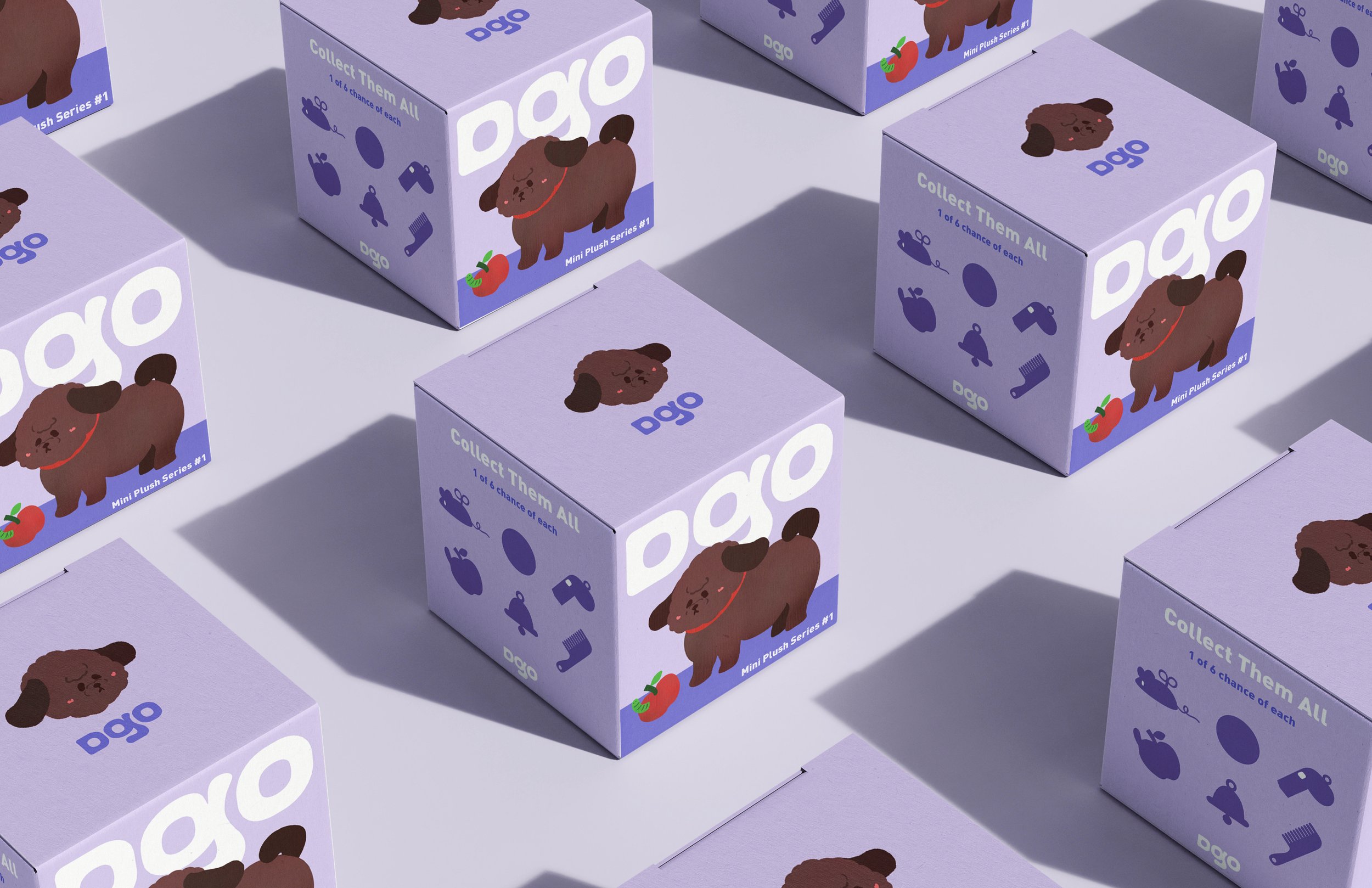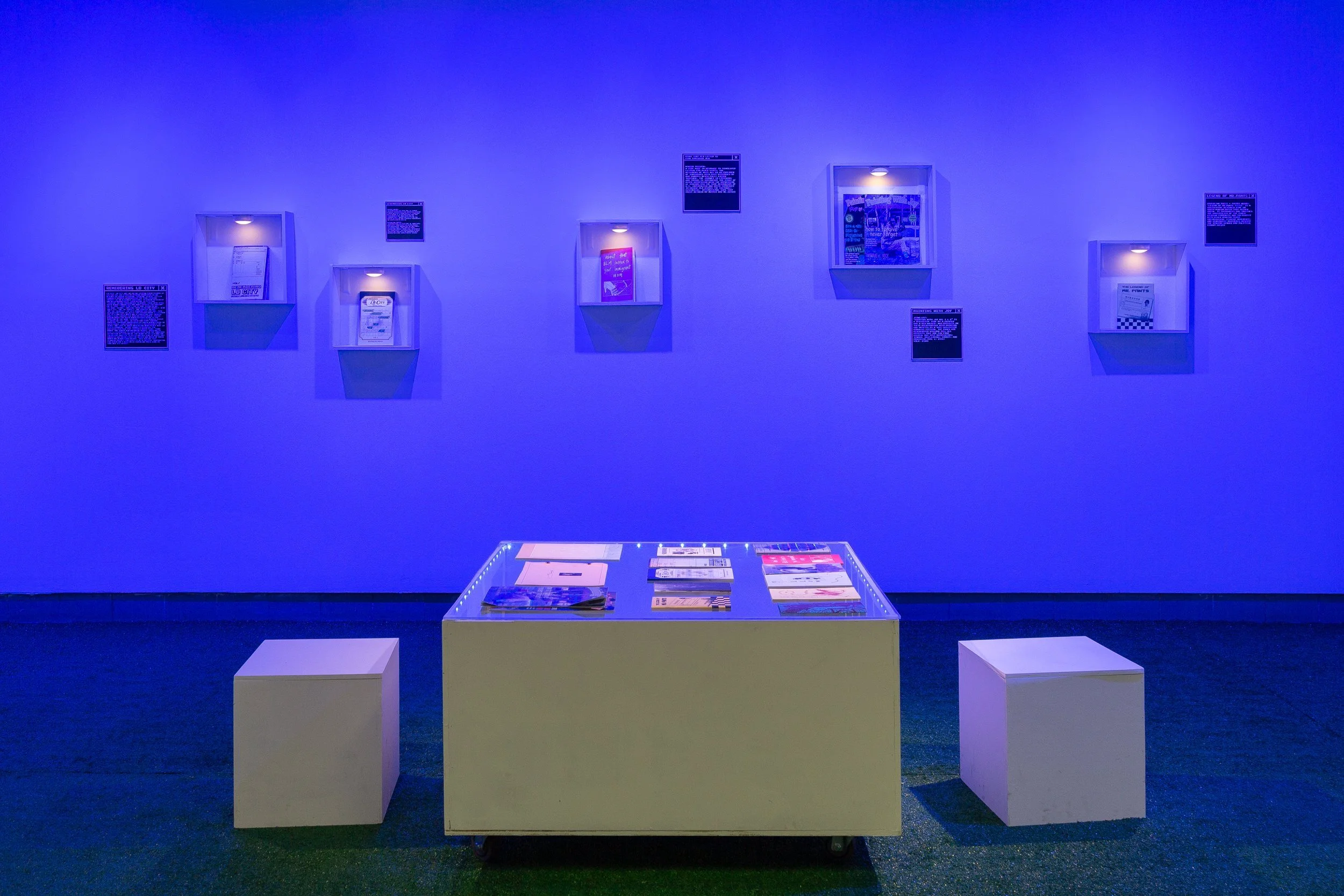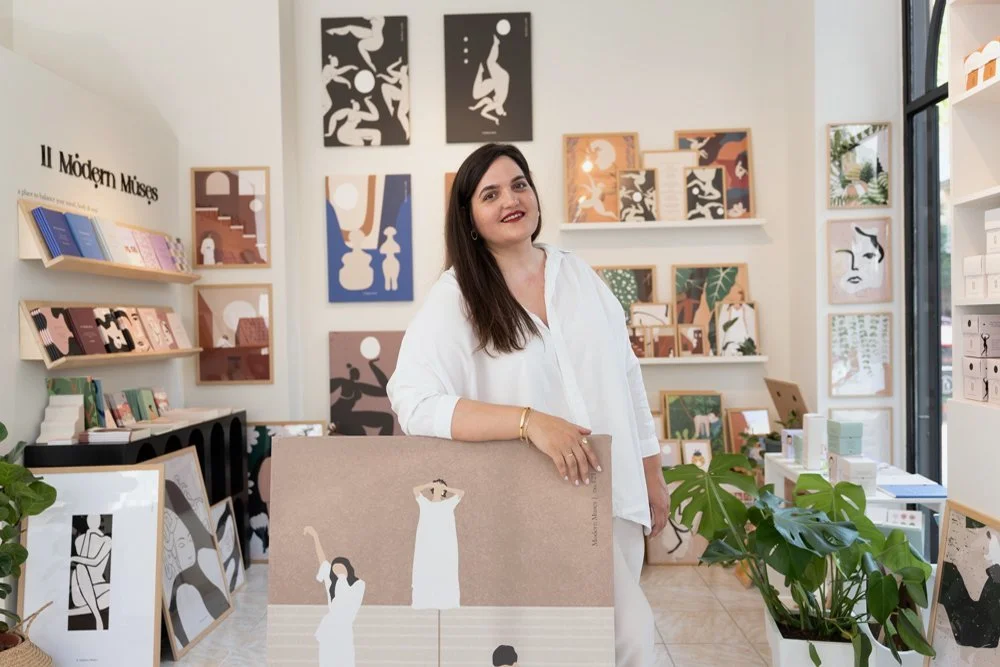10 Questions with Jessica Kewei Lin
Jessica Kewei Lin is an award-winning user experience designer who crafts intuitive, pixel-perfect interfaces and seamless user journeys across complex, multi-platform ecosystems. Her work spans Fortune 500 tech and gaming giants, major global travel platforms, innovative startups, creative agencies, and ventures she’s co-founded, earning over 15 international design awards, including Red Dot, UX Design Awards, and the Asian Design Prize.
With a B.F.A. in Graphic Design from USC and an ongoing M.S. in Computer Science at the University of Chicago, Jessica bridges design and technology to translate novel, complex challenges into elegant digital solutions. Her forward-thinking, interdisciplinary approach consistently delivers products that reflect user aspirations and drive innovation at scale.
Jessica Kewei Lin - Portrait
ARTIST STATEMENT
For Jessica Kewei Lin, user experience design is the vital bridge between human aspiration and the evolving frontier of technological capability. Engaging with emergent technologies and cutting-edge tools, she shapes and finds intuitive, impactful digital products that thoughtfully balance innovation with usability. With meticulous attention to user journeys and interaction design, her work solves real problems while enhancing engagement and delight.
Her human-centred, narrative-driven approach transforms complex requirements into impactful experiences. Central to this is storytelling, which enables her to create visually delightful, emotionally resonant designs. These designs guide users through new technological landscapes, turning potential frustration with new tech into clarity, efficiency, and delight. Each product she founds or contributes to invites effortless engagement with technology, offering connection through experiences born from her empathetic, analytical, and future-focused creative process.
Campus Dining #3, 2022 © Jessica Kewei Lin
INTERVIEW
First of all, introduce yourself to our readers. Who are you, and how did you develop into the artist you are today?
Hello! I'm Jessica Kewei Lin. My journey into design began with a foundational love for graphic design and the joy of visual expression. I soon developed a deep appreciation for storytelling in design, understanding that every element can convey significant meaning. As my artistic interests evolved, I became fascinated by the potential to combine visual beauty with robust problem-solving. This fascination naturally guided my transition from graphic design to UX/UI design. I'm passionate about shaping intuitive and impactful digital products, thoughtfully balancing innovation with usability to solve real problems and enhance how people engage with technology.
What inspired your transition from graphic design to UX/UI design, and what do you enjoy most about working in this field?
My transition to UX/UI was definitely sparked by a desire to create interactive experiences that solve problems for people. I found that UX/UI design is an incredible blend of problem-solving and design thinking, where data-driven insights and creative design unite to tackle complex challenges effectively.
What I enjoy most is transforming these complex challenges into accessible, effective, and genuinely delightful solutions for users. I especially love the initial research phase; it's like solving an intricate puzzle where I dive deep, using an empathetic and analytical approach to understand the core problem and user needs. It's incredibly rewarding to see users interact with these solutions, experiencing the clarity and delight I aimed to create.
Campus Dining #1, 2022 © Jessica Kewei Lin
Campus Dining #2, 2022 © Jessica Kewei Lin
Could you share a bit about the awards you've won for your design work and what those experiences meant to you?
I'm truly honoured that my work has been recognized by over 15 international design awards, including ones like the Red Dot Design Award, UX Design Awards, and the Asian Design Prize. For me, these awards are a meaningful affirmation of an empathetic, human-centred design approach. They've certainly enhanced my visibility within the design community, opened doors to new opportunities, and solidified my commitment to making a tangible, positive difference through thoughtful design.
As a UX designer, how do you approach working with different teams and adapting to various project requirements?
Collaboration is absolutely central to my process; I believe working with diverse, cross-functional teams enriches the creative process and leads to more innovative and impactful outcomes. My interdisciplinary approach involves aligning design vision with all stakeholders through clear communication and iterative feedback. To adapt to varied project requirements, I employ a human-centred, empathetic, and future-focused creative process. This always starts with thorough research to deeply understand user aspirations and project contexts, ensuring the solutions we develop resonate deeply and are both highly functional and thoughtfully innovative.
How do you believe design can be used as a tool for social change, and what steps do you take to incorporate this belief into your work?
I believe design serves as a powerful tool for positive impact by making technology more intuitive, clear, and efficient, thereby enhancing people's daily interactions with the digital world. My aim is to guide users through new technological landscapes, turning potential frustration into experiences of clarity and delight. I incorporate this by applying a human-centred design approach to every project, focusing on creating digital experiences that are navigable, welcoming, and solve real problems. This often involves using universal design principles where appropriate while always respecting diverse user contexts to ensure technology invites effortless engagement.
Dgo, 2023 © Jessica Kewei Lin
Can you give us an example of a project where you felt your design made a positive impact on inclusivity or accessibility?
PulseHeal is a project where I feel my design made a significant positive impact in terms of accessibility to specialized knowledge. The core mission was to make Traditional Chinese Medicine accessible, approachable, and understandable to a global audience. This involved bridging the gap between ancient healing practices and contemporary health needs by creating a user-friendly platform. Our focus was on helping overcome cultural and knowledge barriers, guiding users through a complex subject with clarity and making it easier for them to engage with these valuable practices.
What are some common misconceptions people might have about UX/UI design, and how do you clarify or address them in your work?
A common misconception is that UX/UI design is just about making things look pretty. While crafting visually delightful experiences is certainly an important aspect, UX/UI truly goes much deeper. For me, it's about translating complex human needs and technological capabilities into intuitive, elegant solutions. This means truly understanding user challenges through an empathetic and analytical process and then crafting impactful designs that solve real problems while enhancing engagement and delight.
My work addresses this by emphasizing attention to user journeys, supported by in-depth user research, data-driven decision-making, and an iterative process of wireframing, prototyping, and usability testing. This comprehensive approach ensures the final product isn't just visually appealing but also creates a seamless and enjoyable experience for the user.
What are some emerging trends or technologies in UX/UI design that you find particularly exciting or promising?
Engaging with emergent technologies is something I find very exciting, and AI in design is definitely a key trend. AI has immense potential to revolutionize design processes, for instance, by personalizing user experiences or automating routine tasks, allowing for deeper integration between design and technology to better understand user needs. The key will be using AI ethically and creatively to augment our human-centred approach, ensuring user aspirations always remain at the forefront of innovation.
PulseHeal, 2024 © Jessica Kewei Lin
PulseHeal, 2024 © Jessica Kewei Lin
How do you balance creativity and functionality in your design process, especially when working on projects for a large gaming company like Activision Blizzard?
For me, successful design is achieved by thoughtfully balancing creative vision with practical functionality. My approach focuses on translating complex challenges into elegant digital solutions where innovative design and usability are seamlessly integrated, ensuring that visual appeal enhances robust problem-solving to create intuitive user journeys. At Activision Blizzard, this meant taking complex player data and transforming it into intuitive, visually compelling insights that were easy to understand and engaging for millions of users worldwide, making the game experience both functional and delightful.
Looking ahead, what are some goals or aspirations you have for your career in design?
Looking ahead, my primary goal is to continue exploring and innovating in the design field, particularly by engaging with emergent technologies and cutting-edge tools to drive innovation at scale. I aim to consistently create impactful, delightful digital experiences and am also very keen to contribute to the design community through mentorship, helping to guide and inspire upcoming designers on their own journeys.
Artist’s Talk
Al-Tiba9 Interviews is a promotional platform for artists to articulate their vision and engage them with our diverse readership through a published art dialogue. The artists are interviewed by Mohamed Benhadj, the founder & curator of Al-Tiba9, to highlight their artistic careers and introduce them to the international contemporary art scene across our vast network of museums, galleries, art professionals, art dealers, collectors, and art lovers across the globe.





















